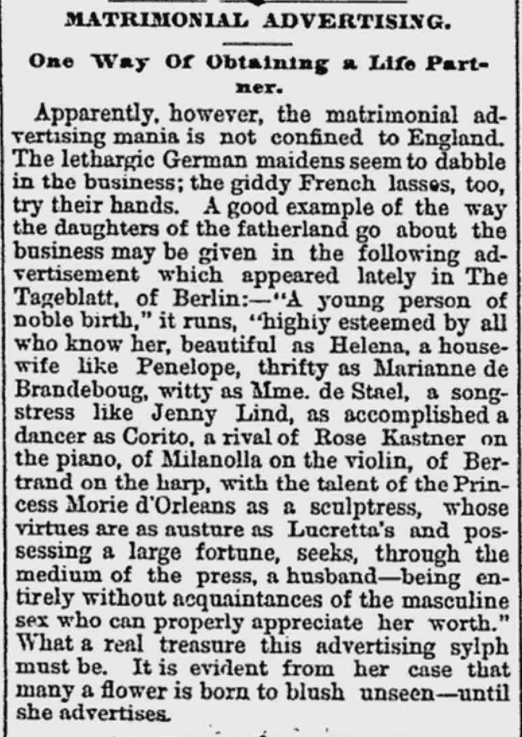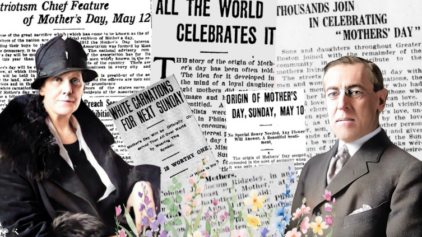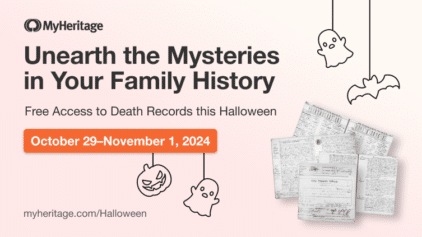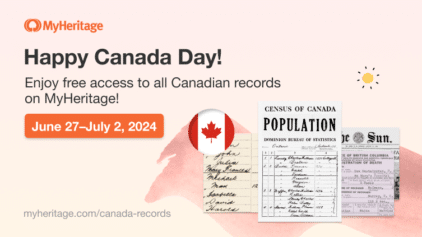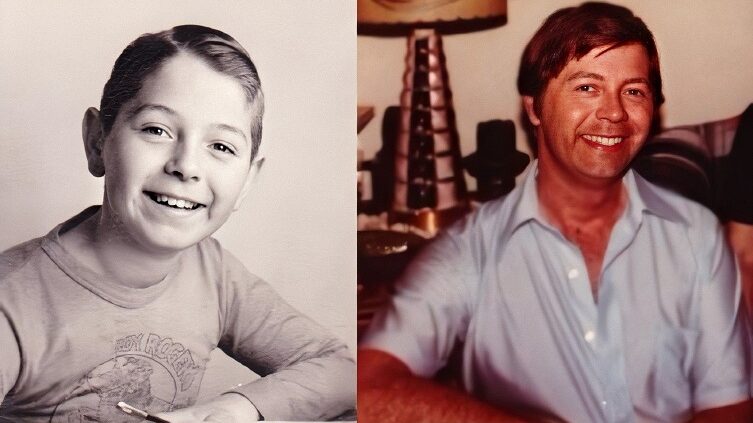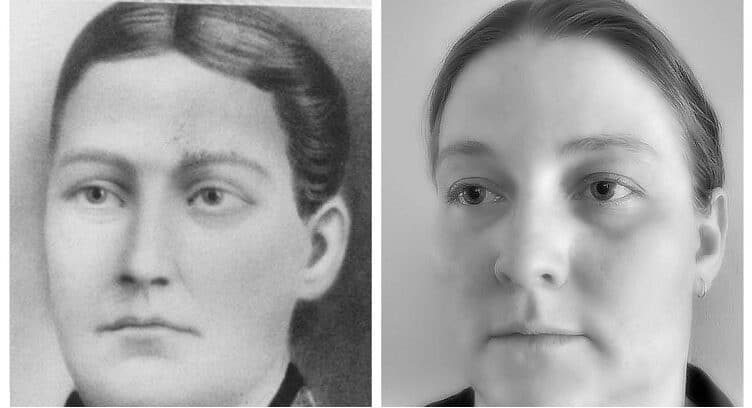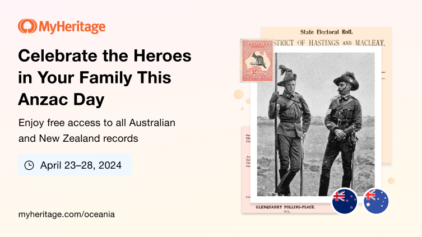The OKCupid of 100+ Years Ago: Matrimonial Ads from Old Newspapers
- By Esther


Long before the days of Tinder or Match.com, people used local media to look for love.
The earliest known matrimonial ads published in newspapers are from the 17th century. These ads, which were placed by men seeking a bride, offered men who were new in the area or who had very specific requirements a great way to expand their search beyond their social connections.
Matrimonial ads gained popularity toward the mid-19th century. The ads vary in nature — some were more straightforward, some more poetic; some were short and sweet, others long and detailed; but their purpose was one: to seek a life partner.
At the turn of the 20th century, women began publishing their own personal ads in search of a partner with whom to build or rebuild their lives. The ads were posted by just about anyone: young men and women, widows and widowers, parents or those without children, poor or wealthy. In the United States, new immigrants searched for their fellow countrymen by placing an ad in the paper. The ads were generally anonymous and did not include names. Those interested were expected to contact the newspaper for further information.
Elizabeth Zetland, researcher for MyHeritage, dug up some fascinating matrimonial ads from old newspapers, giving us a peek into what it was like to look for love in decades and centuries past.
Poignant stories in shorthand
Intriguing and sometimes touching stories can emerge from the sparse wording of a personal ad.
“Am 30, WEALTHY, lost mother, for whom I sacrificed youth, dread a lonely future, seek husband and true companion,” writes this advertiser in the Atlanta Constitution in 1898. In those days, it was common for the youngest daughter of a family to stay single, living with her parents and caring for them in their old age. This may have been such a case: a woman who lived with her mother and cared for her until her mother’s death, and then found herself, at the age of 30, completely alone. Women married much younger than 30 at that time, and that’s why she writes that she “sacrificed” her “youth” for her mother. We hope she found some fulfilling companionship.
“Widow, 44, Southerner, stranger, own home, West End, would like the hearthstone of her heart swept, and the cobwebs brushed away; matrimony,” writes this widow from St. Louis in 1899. It seems this woman felt as though she were a “stranger” in her “own home” after losing her husband. What vivid imagery she employed to demonstrate why she was looking.
“An old bachelor returning from the mines finds his old sweetheart married and old acquaintances scattered,” states this advertiser from Minneapolis in 1904. “Desires lady acquaintance; object, marriage.” In just 16 words he paints a poignant picture: a young man left his family home to seek his fortune out west, and worked in the mines for years, saving up to marry his sweetheart and start a family. When he finally returned, he found that his sweetheart had already been married and his friends had moved away. We hope he was able to start over and find happiness with someone new.
A suitable partner in the 1920s
Marriage ads can also teach us about what was important to people in a life partner during that period.
The ads below appeared in the September 11 issue of the Pittsburgh Press in 1921:
The top ad is quite detailed. The advertiser describes himself as a “business gentleman” and a “true American.” He specifies his height, weight, and religion (“Christian, believes in God”), and assures readers that he is of good health, has clean habits, is a lover of home, is of good character, has business and college education, and “some means and refinement.” He also has very specific requirements for the woman he’s seeking. Not only does he give a specific age range (33–43), weight range (125–145 lbs.), and height range (5’4” to 5’7”), he wants her “stylish and of neat appearance but plain” — was he perhaps intimidated by a woman of good looks? The rest of the ad starts to look more like a job ad than a matrimonial one, with a long list of skills and experience he’d like her to have: music, stenography, typing, bookkeeping, and good penmanship!
In the bottom ad, a 27-year-old government worker is looking “to make some poor working girl, from 18 to 25, a good husband and a happy home.” He specifies that she “must be Protestant” and that “no dancers, flirts or street-walkers need answer”!
So we see that religion, physical characteristics, skill, and means were important factors in matchmaking in the 1920s. But the ad below, from the same paper on July 17, 1921, shows that what’s most important to this 38-year-old brunette is that her husband own an automobile:
The “advertising sylph” from Germany in the 1880’s
In 1881, the Catholic Press of Hartford, Connecticut, ran an article on the popularity of matrimonial ads all over Europe. In particular, it quoted a bizarre advertisement that appeared in The Tageblatt of Berlin:
The German ad described the young lady as “a young person of noble birth, highly esteemed by all who know her, beautiful as Helena, a housewife like Penelope, thrifty as Marianne de Brandeboug, witty as Mme. de Stael, a songstress like Jenny Lind, as accomplished a dancer as Corito, a rival of Rose Kastner on the piano, of Milanolla on the violin,of Bertrand on the harp, with the talent of the Princess Morie d’Orleans as a sculptress, whose virtues are as austure (sic) as Lucretta’s and possessing a large fortune, seeks, through the medium of the press, a husband — being entirely without acquaintances of the masculine sex who can properly appreciate her worth.” “What a real treasure this advertising sylph must be,” the article comments — do we detect a hint of sarcasm? “It is evident from her case that many a flower is born to blush unseen — until she advertises.”
Matrimonial ad scandals!
Just like dating apps and websites today, sometimes the matches created through this medium were successful… and sometimes, they were a disaster.
The article below, from the Daily True American in 1901, tells the story of a matrimonial ad gone wrong:
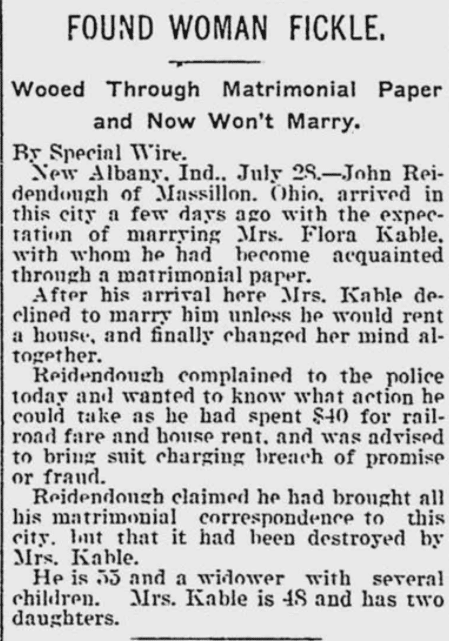
Article from Daily True American, Trenton, Mercer County, NJ, July 29, 1901 from the MyHeritage newspaper collections
“Found Woman Fickle,” reads the headline. “Wooed through matrimonial paper and now won’t marry.”
“John Radendough of Massillon, Ohio, arrived in this city a few days ago with the expectation of marrying Mrs. Flora Kable, with whom he had become acquainted through a matrimonial paper,” the article goes on. “After his arrival here Mrs. Kable declined to marry him unless he would rent a house, and finally changed her mind altogether.”
John turned to the police, claiming he’d spent $40 (about $1,225.76 in today’s currency) on his travel expenses and house rent. The police told him to sue Flora for breach of promise or fraud.
Here it seems that Flora changed her mind, but sometimes the respondent started out with ill intentions. In the case outlined in the article below from the Meriden Daily Journal in 1901, a couple named Chris and Annie Warner ran a scam through matrimonial ads:

The Meriden Daily Journal, Meriden, New Haven County, CT, October 22, 1901 from the MyHeritage newspaper collections
Apparently, the couple would respond to matrimonial ads pretending to be an eligible suitor. They would send photos of beautiful women to men seeking “blondes” or “brunettes,” and once they had established a connection with the advertiser, they would ask for railroad fare they would require to come meet their victim. Then, once they received the money, they would of course stop responding. The article says a book was found in their possession that showed that no fewer than 300 advertisers had been victimized by the Warners!
Could your ancestors have met each other thanks to a matrimonial ad? You may never know, given that the ads were usually anonymous. But there are so many other things you might discover about your ancestors when you search the MyHeritage newspaper collections. See for yourself!





